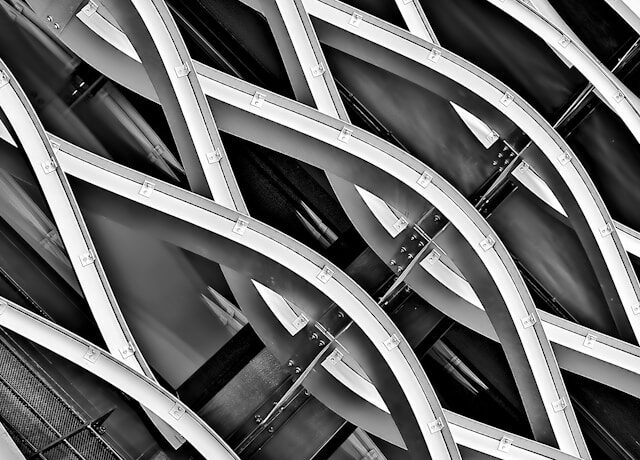Looking to protect your steel from the relentless enemy known as rust? Look no farther than hot dip galvanising, the ultimate rust protection procedure for steel! Dive into this blog post to learn why hot dip galvanising is regarded as the ultimate protection for steel structures.

What is hot dip galvanising?
Hot dip galvanizing is the process of immersing steel in molten zinc to form a protective coating. This process produces a metallurgical link between the zinc and the steel, resulting in a long-lasting corrosion-resistant barrier.
During hot dip galvanising, the steel is extensively cleaned to remove impurities before being immersed in a zinc bath at temperatures above 800°F. The high temperature promotes optimal bonding between the zinc and steel surfaces.
As the steel is removed from the zinc bath, a layer of pure zinc coating adheres to the surface. This coating serves as a sacrificial anode, corroding first to preserve the underlying steel when exposed to extreme conditions.
Hot dip galvanising produces a tough coating that can easily endure abrasion, impact, and adverse weather conditions. Its smooth coverage extends to hard-to-reach parts of complicated structures, providing total rust prevention.
How does hot dip galvanising keep steel from rusting?
Hot dip galvanising is a tried-and-true way to keep steel from rusting. It includes immersing the steel in molten zinc, which forms a protective layer that acts as a corrosion barrier. When zinc is applied on steel, it forms a bond, preventing moisture and other corrosive substances from accessing the underlying metal.
The zinc coating also works as a sacrificial anode, which means that if there are any scratches or cuts on the steel’s surface, the zinc will corrode before the underlying steel. This self-healing capability contributes to the long-term durability of galvanised steel structures and equipment.
Furthermore, hot dip galvanising offers complete coverage protection, even in difficult-to-reach regions and cracks. Unlike other coating processes, which may leave critical areas exposed, galvanising provides full and uniform protection over all steel surfaces.
Hot dip galvanising provides greater corrosion protection compared to several other technologies on the market today.
Benefits of Hot Dip Galvanization
Hot dip galvanising provides numerous advantages that make it an excellent choice for rust protection on steel. One significant advantage is its exceptional corrosion resistance, which ensures long-term protection even in hostile settings. This procedure produces a robust coating that functions as a barrier between the steel and corrosive substances, considerably increasing the metal’s lifespan.
Furthermore, hot dip galvanising is a less expensive option than other rust protection procedures. The initial investment pays off in the long term due to less maintenance requirements and increased durability. It also provides complete coverage, including hard-to-reach locations and unusual shapes, guaranteeing that all steel structure components are adequately protected.
Furthermore, this approach is environmentally benign because it makes use of zinc, a naturally occurring and recyclable material. By using hot dip galvanising, you not only preserve your steel from rust, but you also help to promote sustainable industry practices.
Comparison of Other Rust Protection Methods
When it comes to preserving steel from rust, there are several options on the market. One typical way is to paint the steel with anti-corrosion coatings. While this may be successful at first, the coating may eventually wear away, exposing the steel to rust.
Another option is to use stainless steel to prevent rust. Although stainless steel is corrosion resistant, it is expensive and may not be appropriate for all applications.
Hot dip galvanising outperforms other rust protection methods. It creates a thick layer of zinc coating, which functions as a physical barrier between the steel and its surroundings. This protective coating not only prevents rust but also repairs itself if scraped or damaged.
Hot dip galvanising provides long-term rust prevention at a lesser cost than other options, such as painting or using stainless steel.

Cost-effectiveness of hot dip galvanising
It is obvious that hot dip galvanising is the greatest rust prevention procedure for steel. Its exceptional protective characteristics, durability, and cost-effectiveness make it an excellent solution for a variety of sectors. Hot dip galvanising ensures that your steel structures are sturdy and corrosion-free for years to come. Make the wise decision to protect your steel assets with hot dip galvanising today!





